How does a Hansa dishwasher work?
 A modern dishwasher is a complex household appliance that is difficult to understand without special education and proper repair experience. Usually, PMM owners do not need to know the structure of a Hansa dishwasher, but this can be very useful in a situation when the machine breaks down and they need to independently determine the cause of the failure, and maybe even eliminate it. Today we will talk about what a modern dishwasher consists of, how it works and what differences exist between different models.
A modern dishwasher is a complex household appliance that is difficult to understand without special education and proper repair experience. Usually, PMM owners do not need to know the structure of a Hansa dishwasher, but this can be very useful in a situation when the machine breaks down and they need to independently determine the cause of the failure, and maybe even eliminate it. Today we will talk about what a modern dishwasher consists of, how it works and what differences exist between different models.
What parts are inside the case?
To quickly understand how the PMM works, simply remove the body and tray of the “home assistant”. If you do this, you will be able to see the main parts and modules of household appliances.
- The motor is a kind of “heart” of the device, which activates all internal components of the equipment.
- A circulation pump responsible for supplying water from connected communications to the sprinklers inside the washing chamber.
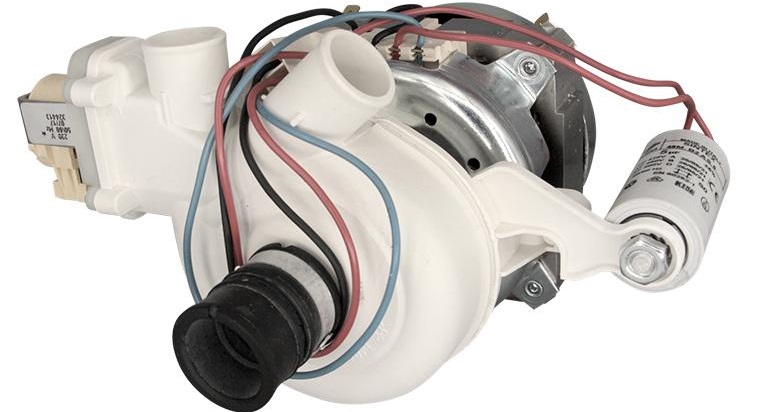
- A flow pump, which is located in the same housing together with the circulation pump needed to heat the water.
- A drainage pump installed to drain waste liquid into the sewer.
- Drain hose and pipes.
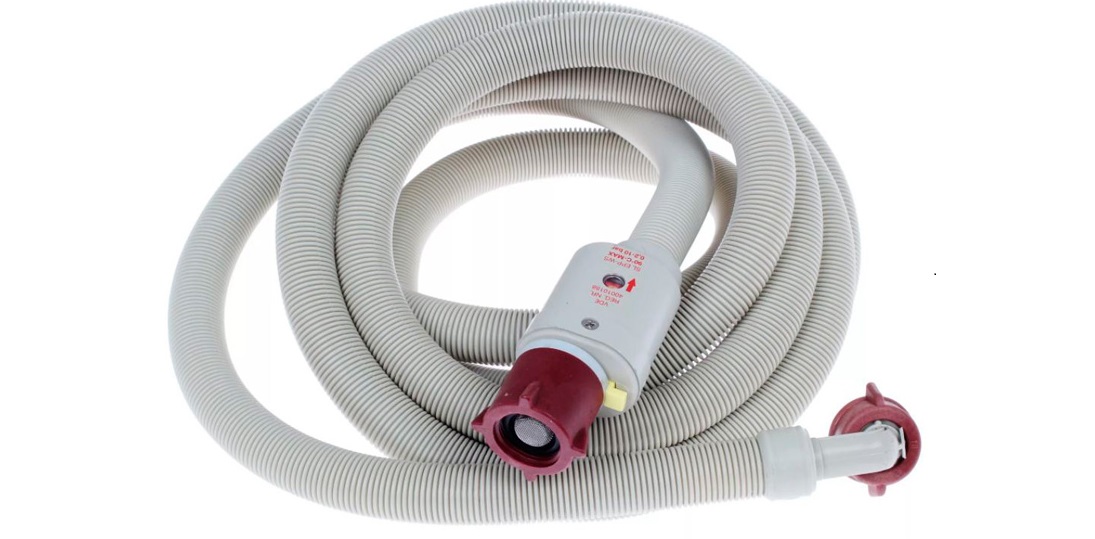
- An inlet hose, usually additionally equipped with an aquastop system to protect the user from leaks.
- A coarse filter placed at the inlet of the filling hose inside the PMM, which is necessary to block rust, dirt and other debris that is found in low-quality tap water and can damage the device.
- Pressostat, a special sensor that determines the water level in a Hansa dishwasher.
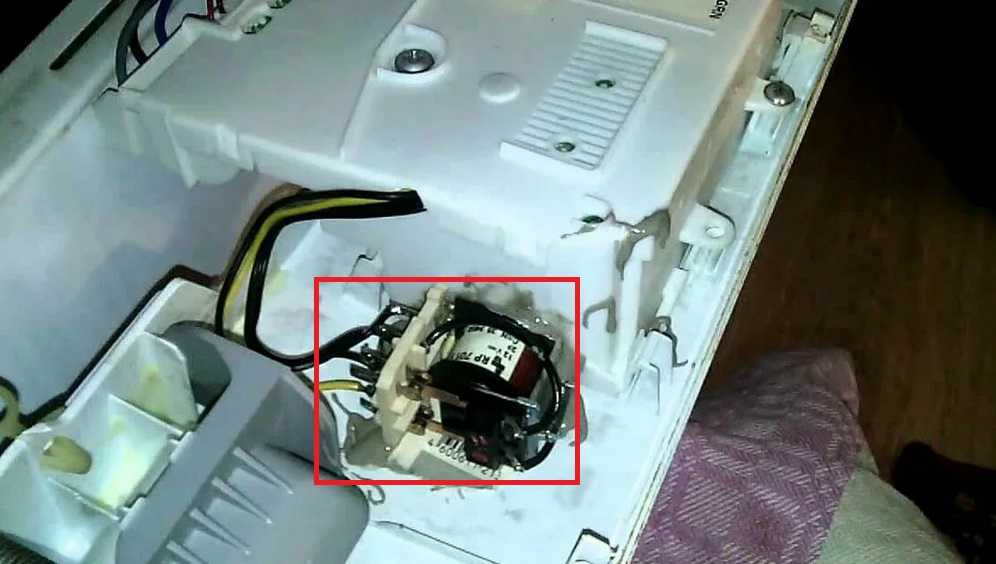
- Water intake.
- Ion exchanger, a reservoir with a special resin that is needed to soften hard water.
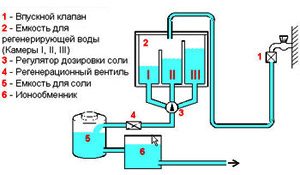
- The control board is the most valuable and complex component of the machine, which controls the operation of all other components.
- Wiring, connecting hoses.
- Soundproofing to reduce noise levels during washing and drying.
This applies to those elements that are hidden in the body of household appliances. If you don’t open anything, but simply open the door of the washing chamber, you can see the following components with your own eyes:
- washing hopper made of stainless steel to protect against rust;
- sprinklers that direct powerful streams of water onto dirty dishes;

- baskets for dishes, as well as a special tray for cutlery;
- a garbage filter installed at the bottom of the washing chamber, looking like a glass with a small mesh. There is also a second filter located there - a fine mesh installed directly on top of the first filter;
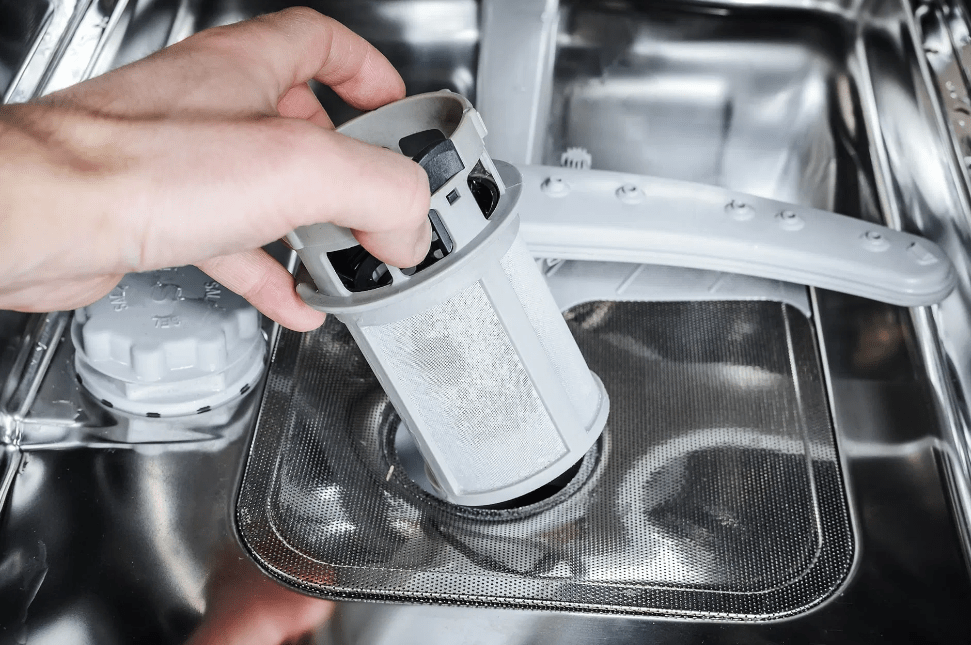
- a separate reservoir at the bottom created for special salt for dishwashers;
- several different detergent dispensers installed directly on the machine door;
- rubber seal around the edges of the tank;
- the most important thing is the electronic control panel, with which washing programs are selected and launched.
At this point, the door of the washing chamber can be closed, because our unique “tour” of the internal structure of the PMM is completed.
Differences in PMM from model to model
The next point in our mandatory program for studying our favorite “home assistant” is the differences between different models of equipment. Of course, in the first section we answered the question “how does a standard dishwasher work”, but depending on the version, there may be additional parts inside the device.
- A heat exchanger that looks like a wide plastic tank containing cold water. This element is installed next to the metal tank inside the PMM and is needed there so that drying dishes is efficient and less energy-consuming.
- Fan or auxiliary heating element to significantly speed up drying.
- Sensor for determining water purity. This smart sensor helps the machine independently select washing parameters, adjusting the temperature and amount of water, as well as the volume of detergent used.
- Sensor for detecting the presence of salt, rinse aid and other household chemicals.
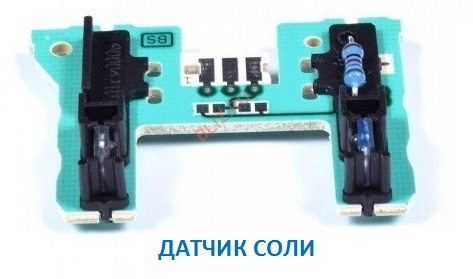
- Smart drying sensor, present only in the most expensive dishwasher models. It is able to determine the air temperature in the room in order to select the optimal mode for drying dishes.
- A special reservoir with mineral is also necessary to improve drying. Typically, a zeolite is placed in the reservoir, which can generate dry heat while absorbing moisture.

- A sensor for determining water hardness so that the PMM independently selects the operating cycle using data on the quality of tap water.
- Projection of the time remaining until the job is completed. It looks like a red beam that directly on the user's floor shows the remaining time until the end of the wash.

- Additional holder for fragile glasses.
- Separate spray arm for easy cleaning of baking trays.
Most of the listed functions are found exclusively in premium Hansa dishwashers, so you should be prepared in advance for the fact that you will have to pay more for smart equipment.
Of course, the devices differ not only in functionality, but also in size and materials used in production. There are tabletop dishwashers, narrow, full-size, some can be built into a kitchen unit, others can only be installed separately from the furniture. It is also worth noting that some wash chambers have only 2 spray arms, while others have 3.
How does Hansa PMM work?
Finally, all that remains is to find out how the sink itself works in the Hansa PMM. To do this, the easiest way is to break down the standard work cycle point by point.
- First, you load the dishes into the baskets, select the desired program and close the machine door.
- The device begins to draw water using the filling hose and valve.
- Next, the liquid penetrates the ion exchanger, where the resin and sodium ions soften the tap water before it passes into the water collector installed at the very bottom of the PMM.
- At this stage, the pressure switch will determine the amount of water drawn and transmit these indicators so that the machine activates the pressure switch and the water supply valve closes.
- Here the heating element begins its work, heating the water to the selected temperature.
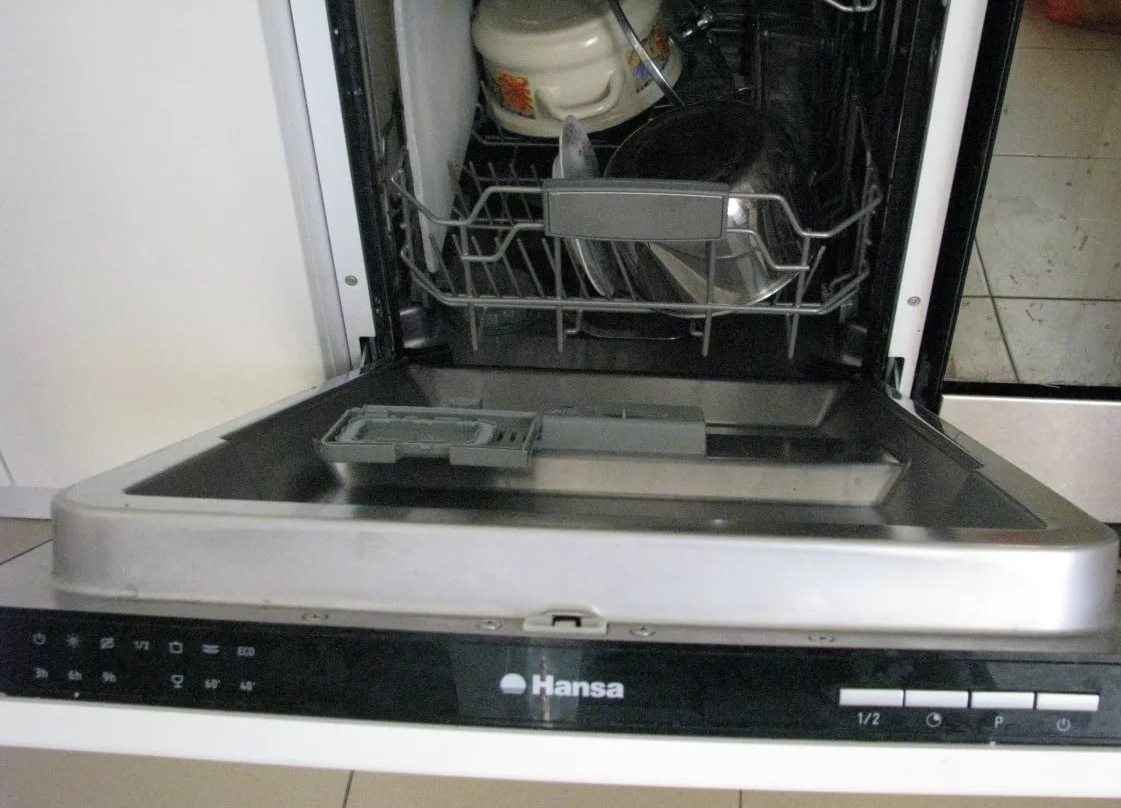
- When the liquid heats up, the circulation pump under pressure will drive the water to the sprinklers, which will begin to actively rotate.
To choose the best “home assistant”, you should pay attention to the shape of the sprinklers and their holes, since the more holes the elements have, and the greater the coverage of the sprinkler, the better the water will be able to get into different areas of the washing chamber, which means it will be able to wash dirty dishes better .
- All the water that enters the tank flows down the walls of the washing chamber, enters the filter at the bottom, and is then redirected back to the reservoir so that it can be reused.
- At this stage, detergent from the dispenser penetrates into the water, after which water rich in household chemicals washes the dishes from the spray arms.
- After this, the stage of cleaning the dishes from dirt is completed - the drain pump is activated, which pumps out the waste dirty water and drains it into the sewer.
- Starts drawing new water from the tap in order to start a cold cycle to rinse the dishes from detergents.
- When the dishwasher finishes rinsing the dishes with warm water and rinse aid, it drains the used liquid again.
- In this step, moisture begins to evaporate from hot tableware, either through condensation drying or heated air. After drying is complete, all you have to do is wait a little until the dishes cool down, and then remove them and put them back in place.
This is how dirty dishes turn into crystal clean in 12 steps. On average, a working cycle can take from half an hour to three hours, the completion of which will be indicated by the PMM with a loud sound signal.
Interesting:
Reader comments
- Share your opinion - leave a comment

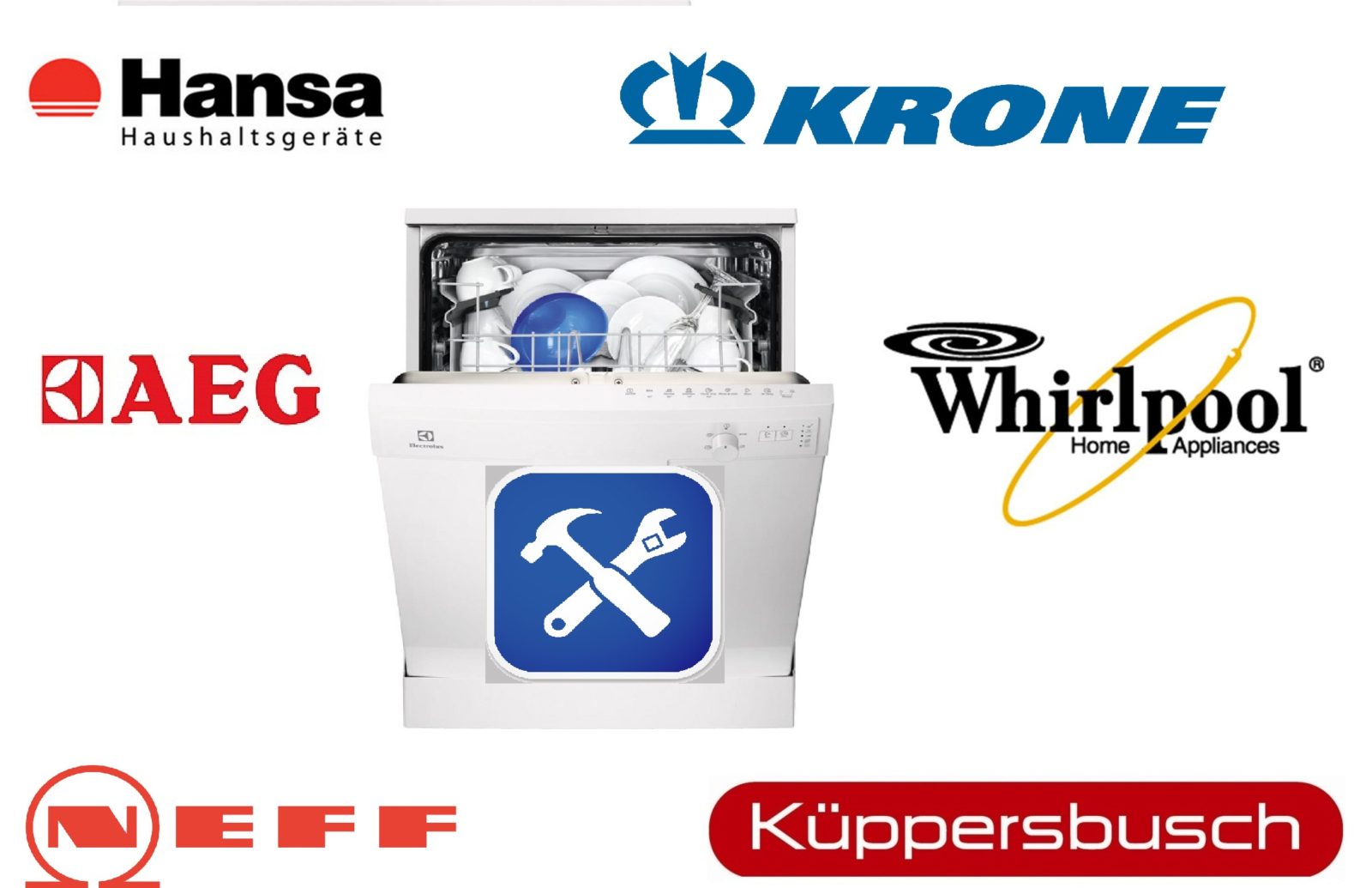



















Add a comment